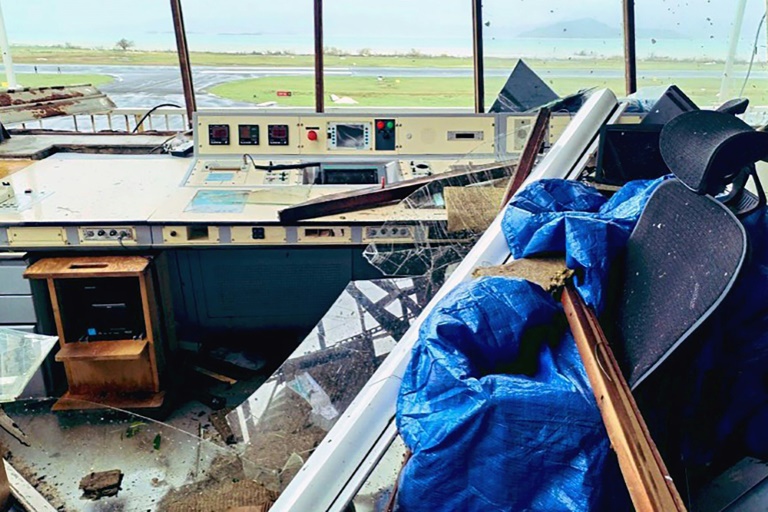Japan’s “Moon Sniper” spacecraft is preparing to make a historic lunar touchdown at midnight on Saturday using pinpoint technology the country hopes will lead to success where many have failed.
With its Smart Lander for Investigating Moon (SLIM) mission, Japan wants to become the fifth nation to pull off a fiendishly tricky soft landing on the Moon’s rocky surface.
Only the United States, the Soviet Union, China and India have accomplished the feat so far.
But the Japanese lander — equipped with a rolling probe developed by a major toy company — has been designed to do so with unprecedented precision.
The descent of the lightweight SLIM craft, nicknamed the “Moon Sniper” by space agency JAXA, is scheduled to start at midnight Japan time (1500 GMT Friday).
If all goes to plan, the touchdown will take place around 20 minutes later.
The craft is targeting an area within 100 metres (330 feet) of a spot on the surface, far tighter than the usual landing zone of several kilometres.
Success would reverse Japan’s fortunes in space after two failed lunar missions and recent rocket failures, including explosions after take-off.
It would also echo the triumph of India’s low-cost space programme in August, when the country became the first to land an uncrewed craft near the Moon’s largely unexplored south pole.
A safe landing for SLIM is “a very big deal”, said Emily Brunsden, senior lecturer in astrophysics and director of the University of York’s Astrocampus.
“The ‘sniper’ landing precision is a huge leap in technology that will allow missions to be designed to target much more specific research questions,” she told AFP.
But the task remains “exceptionally technologically challenging”, Brunsden warned.
“Usually there is only one chance to do it right, so the smallest of errors can cause a mission to fail.”
SLIM will try to reach a crater where the Moon’s mantle — the usually deep inner layer beneath its crust — is believed to be accessible at the surface.
“The rocks exposed here are crucial in the search for the origins of the Moon and the Earth,” Tomokatsu Morota, an associate professor at the University of Tokyo specialising in lunar and planetary exploration, told AFP.
The craft’s precision will be vital in its attempt to land on the uneven, rocky terrain, which it will examine with a camera, Morota said.
JAXA has already made a pinpoint landing on an asteroid, but the challenge is greater on the Moon, where gravity is stronger.
The mission also has ambitions to shed light on the mystery of the Moon’s possible water resources that will be key to building bases there one day.
“The possibility of lunar commercialisation depends on whether there is water at the poles,” Morota said.
SLIM’s spherical metal probe, slightly bigger than a tennis ball and carrying a camera, was jointly developed by JAXA and Japanese toy giant Takara Tomy.
Adding to the playful mood, the space agency has released an online video game called “SLIM: The pinpoint moon landing game”.
More than 50 years after the first human Moon landing, many countries and private companies are attempting to make the trip anew.
But crash-landings, communication failures and other technical problems are rife.
This month, a private US lunar lander had to turn back after leaking fuel, while NASA postponed plans for crewed lunar missions under its Artemis programme.
Russia, China and other countries from South Korea to the United Arab Emirates are also trying their luck.
Previous Japanese lunar missions have failed twice — one public and one private.
In 2022, the country unsuccessfully sent a lunar probe named Omotenashi as part of the United States’ Artemis 1 mission.
In April, Japanese startup ispace tried in vain to become the first private company to land on the Moon, losing communication with its craft after what it described as a “hard landing”.
AFP







